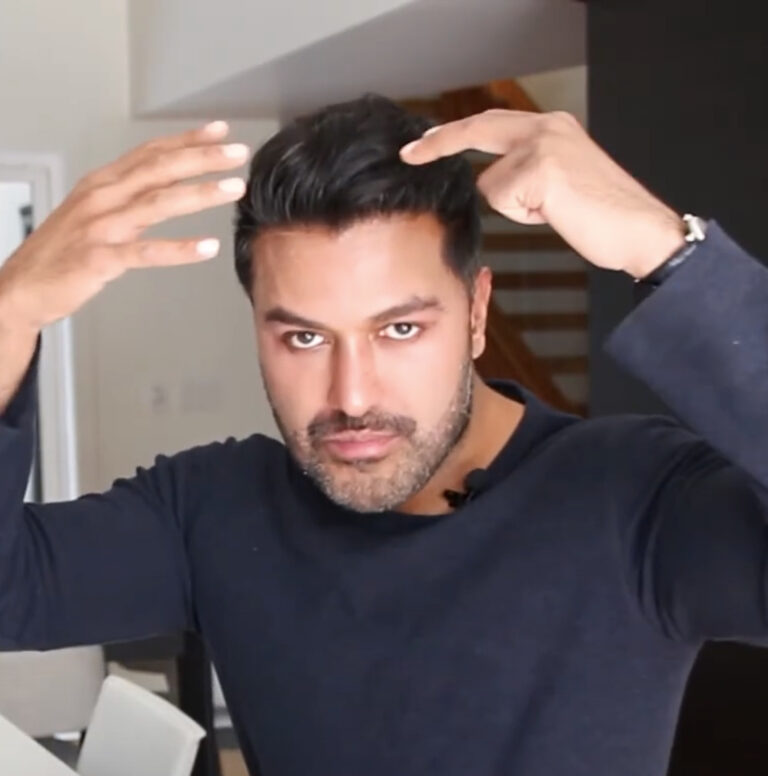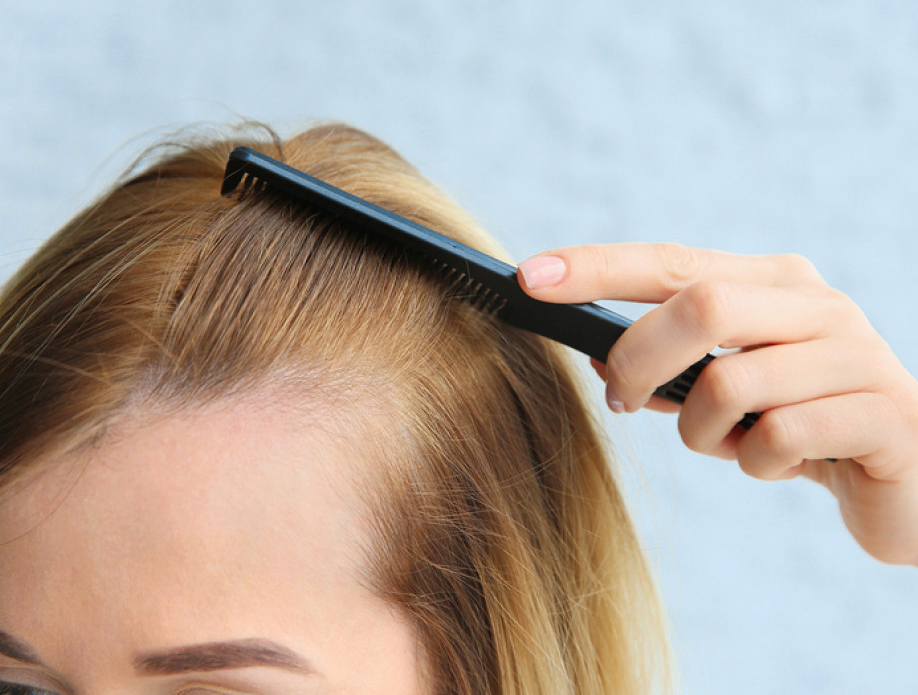What is Traction Alopecia?
This type of hair loss is not caused by any medical condition. Over time some hairstyles, including braids, ponytails, or man buns can put enough force onto the follicle to cause it to fall out. Wearing your hair in these ways is not damaging, it’s the constant and repetitive strain that damages the hair. This results in thin hair in the affected region and eventually the formation of bald spots.
Causes of Traction Alopecia
The most common cause of traction alopecia is tightly bound hair. The repetitive pulling stresses the follicle and loosens its connective tissue. Women with occupations that require them to wear their hair up also see similar issues. This condition most commonly appears later in life, around 30 – 40 years of age but it can affect men and women of any age. A disproportionate amount of cases come from African-American women due to a higher occurrence of hair extensions or tightly wound hairstyles.
Some causes include:
- Use of long or heavy extensions or weaves
- Turban or headdresses worn for extended periods
- Tightly Bound braids, dreadlocks, and similar hair styles
- Wearing hard hats constantly at work
- Beards that are twisted too tightly
- Taut ponytails or buns
- Pulling your hair back for long periods of time
- Very long hair that causes contact pulling
Progression of Traction Alopecia


Preventing Traction Alopecia
There are a few things you can do to prevent this condition from appearing or getting worse. Prevention is always better then the cure so consider trying to following:
- When braiding your hair, create a thicker braid. Multiple thin braids can cause more pulling on the scalp
- Satin wig caps are preferred as they do not pull as much
- Alternate between hair styles more often. Switching between wearing your hair up will help to reduce stress of the follicles.
- Use a cloth ponytail. Rubber based bands do not allow the hair to move when being pulled.
- Avoid wearing extensions or weaves when you are at home. Reducing the time wearing either option will give your scalp a break from the constant tension.
- Avoid using the highest heat settings on your hair dryer or straightener
- If you are using extensions or a weave avoid colouring your hair. The chemicals damage and weaken your hair.


Treating Traction Alopecia
Hair loss is a very complicated thing to diagnose. The best first step to take is to meet with a professional. Although traction alopecia is a fairly rare occurrence, it is something a hair specialist like Dr. Sharma will be able to confirm very quickly. At our clinic here in Edmonton, Alberta, we see patients from all over the world to asses their hair loss and come up with a treatment plan. We have two primary options for patients wishing to treat their hair loss.
- P.R.P. injections to prevent further hair loss
- Medications to strengthen hair and slow down hair loss
- Hair Transplant Surgery to relocate hair to the treatment area.
Book now
Talk to a Hair Transplant Expert in Edmonton, Alberta
Contact us for a free virtual hair loss consultation and get started on your transformation today.



